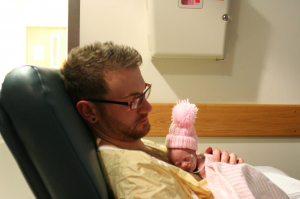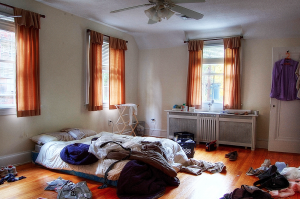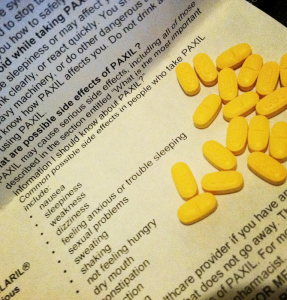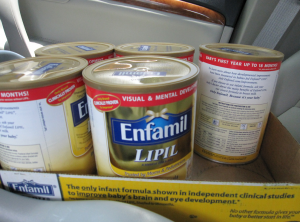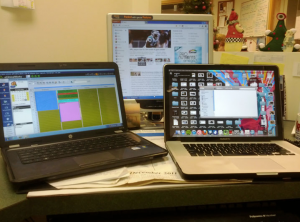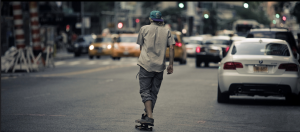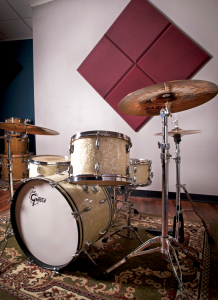Yesterday we worked on persona development. We used the concept of “closed prototypes” to communicate our ideas. Hmmm… what the heck is a closed prototype you ask?
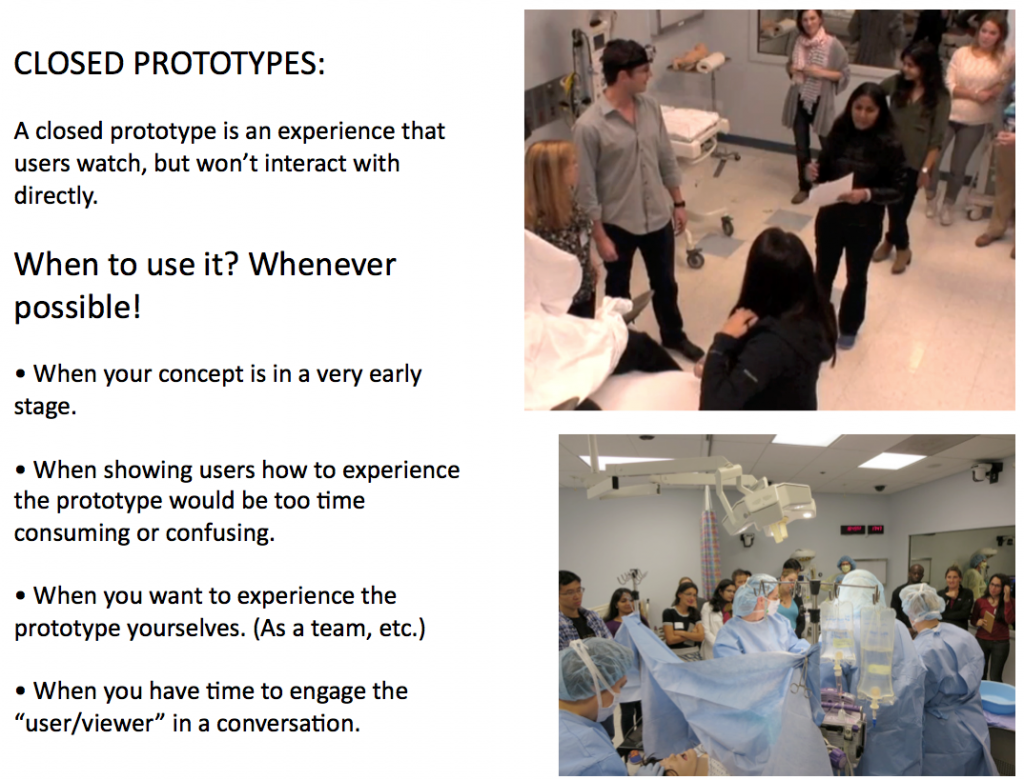 To start, we gave each student group a pile of photos. Each pile represented a character and his/her life. I had chosen photos to represent a NICU nurse, neonatologist, mother and father. Photos of the person, where they lived, meals or snacks they ate, the inside of their refrigerator, closet, car, where they go, what they do…etc. Students were asked to develop the character through observing the photos carefully and crafting a persona. From there, they were asked to craft 3 questions that would help them uncover a problem, define a point of view and finally create a solution for their character based on needs they imagined. Here are the “father’s” photos:
To start, we gave each student group a pile of photos. Each pile represented a character and his/her life. I had chosen photos to represent a NICU nurse, neonatologist, mother and father. Photos of the person, where they lived, meals or snacks they ate, the inside of their refrigerator, closet, car, where they go, what they do…etc. Students were asked to develop the character through observing the photos carefully and crafting a persona. From there, they were asked to craft 3 questions that would help them uncover a problem, define a point of view and finally create a solution for their character based on needs they imagined. Here are the “father’s” photos:
One student group created “Flare,” The Uber for childcare. They had decided that based on the photos above, their character was an anxious, single dad trying to balance music gig work opportunities with having a baby and working from home. This concept is very early stage, and so a closed prototype is a good way to illustrate the concept to a user to get feedback. Here is a link to watch the short skit about Flare.
Students had about 45 minutes to do this exercise from start to finish. Deliverables included:
• A title to sum up the essence in as few words as possible.
• A picture to articulate their insight from analyzing the photos and imagining answers to their field guide questions.
• Three questions they created to construe those insights.
• A skit to show a potential solution to their character’s need.
Not to be overlooked: this was a group activity. Groups were four or five students. I noticed that scribes emerged for each group who were perhaps more comfortabe with creating diagrams, illustrations, storyboards, or mind maps. So not only were these students doing something a little vague, they were doing it with people they didn’t know. Working with others will be a big part of this class as we have a few more group projects on the horizon that are longer and more intense.
When we debriefed afterwards, I took a few mental notes about what the students had learned. One student noticed that making up the answers to the questions they had developed seemed very contrived. I thought to myself how we often do that in everyday life. We jump to conclusions about what someone would think or do simply by what they look like or their circumstances. Another student mentioned that being able to focus only on the photos as a single window into these character’s lives was rich in its limitations. I agree. Limitations we create for ourselves (and our projects) often free us to be more productive and focused in our brainstorming and solution-finding. Another student noticed that all 4 groups had developed service solutions for their characters rather than physical products. I found this particularly revealing about the “closed prototype”. Perhaps “acting out” lends itself more to showing a “flow of events,” and therefore how a service might work. It’s interesting how simply assigning a particular prototype format can influence a solution.
See you tomorrow at CAPE! Center For Advanced Pediatric & Perinatal Education, 700 Welch Road, Suite 200, Palo Alto, CA 94304
When you come inside the building, go upstairs to suite 200. Please try to be there on time. However, sims won’t start until 3:30. Make sure to bring your sketchbooks/pens/pencils/phone cameras if you want.
Stanford Barn

The Center for Advanced Perinatal and Pediatric Education (CAPE) is located at 700 Welch Road in the Stanford Barn. This building is one block south of and across from Lucile Salter Packard Children’s Hospital. It is approximately 20 miles north of San Jose and 40 miles south of San Francisco.
From Highway 101:
- Embarcadero Rd exit West
- Cross El Camino Real (becomes Galvez St)
- Right at Arboretum Rd, cross Palm Dr
- Left on Quarry Rd
- Right on Welch Rd
- Visitor parking is available at the building
From Highway 280:
- Sand Hill Rd exit, East
- Right on Pasteur Dr (entrance to Stanford University Medical Center)
- Left on Welch Rd
- Visitor parking is available at the building
From El Camino Real North & South:
- Turn on Sand Hill Rd
- Left on Arboretum Rd
- Right on Quarry Rd
- Right on Welch Rd
- Visitor parking is available at the building

